Home>Furniture>Outdoor Furniture>How To Stop Birds From Pooping On A Patio
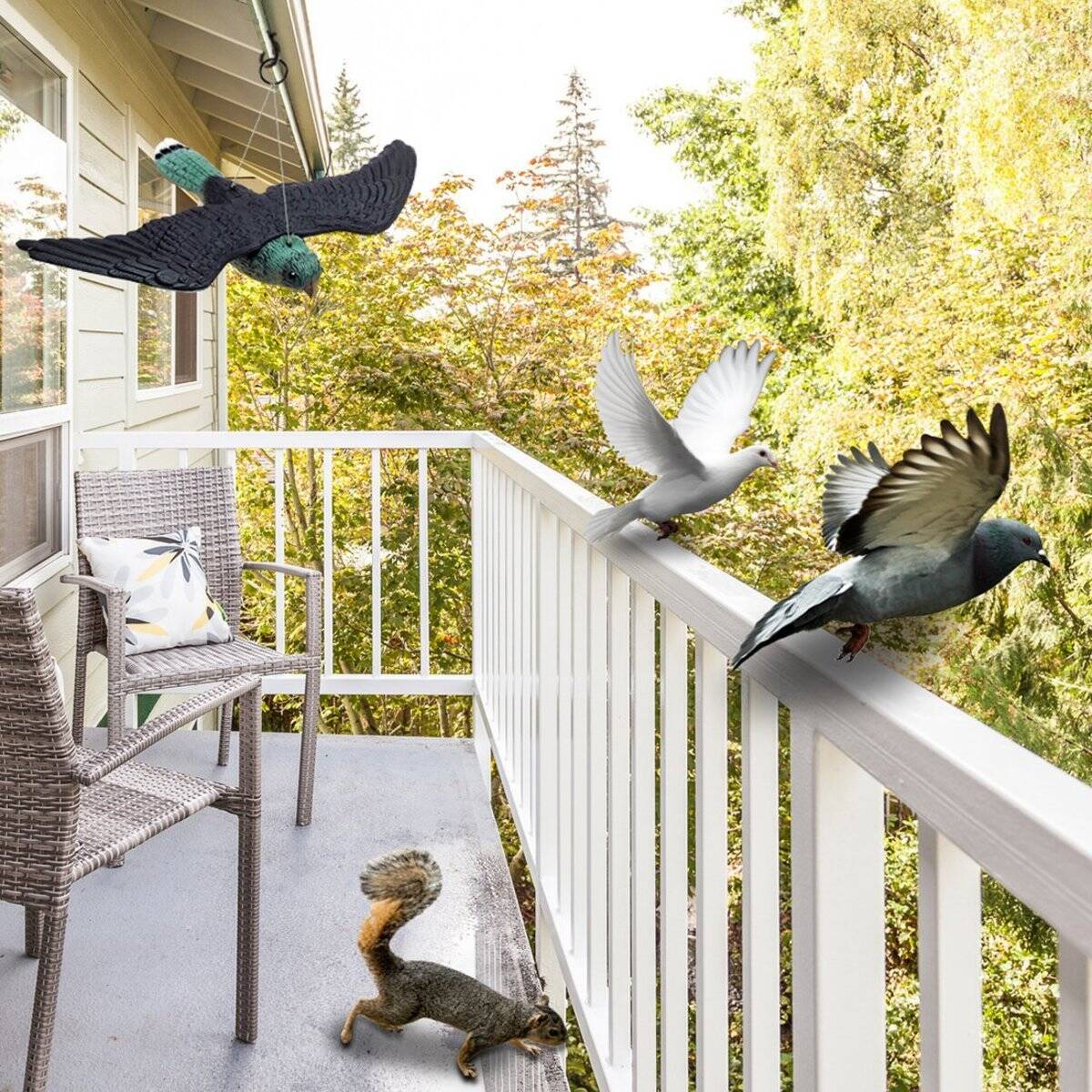

Outdoor Furniture
How To Stop Birds From Pooping On A Patio
Modified: September 1, 2024
Learn effective tips and tricks to prevent birds from leaving their droppings on your outdoor furniture and keep your patio clean and bird-free.
(Many of the links in this article redirect to a specific reviewed product. Your purchase of these products through affiliate links helps to generate commission for Storables.com, at no extra cost. Learn more)
Introduction
Picture this: you’re enjoying a peaceful afternoon on your patio, soaking up the fresh air and basking in the warm sunlight. But suddenly, your serene moment is disrupted by an unwelcome visitor – a bird perched on your patio furniture, leaving behind an unsightly mess.
Dealing with birds pooping on your patio can not only be messy and unsanitary, but it can also be a major nuisance. The constant presence of bird droppings can degrade the appearance of your outdoor furniture and make it less inviting. Fortunately, there are effective strategies you can employ to put an end to this problem.
In this article, we will explore various techniques and deterrents to stop birds from pooping on your patio. From understanding the problem to implementing physical barriers, we will provide you with comprehensive insights and practical advice to help you maintain a clean and enjoyable outdoor space.
Whether you’re a proud patio owner or an outdoor enthusiast, read on to discover the secrets of keeping pesky birds at bay and preserving the beauty of your patio.
Key Takeaways:
- Keep birds away from your patio by using shiny objects, scarecrows, and bird scare balloons. Sound deterrents like wind chimes and predator calls can also help create an uninviting environment for birds.
- Prevent birds from pooping on your patio by installing bird netting, spikes, and deterrent wire. Remove food sources and establish a bird feeding station away from your patio to redirect birds’ attention.
Read more: How To Stop Birds From Pooping On My Balcony
Understanding the Problem
Before we dive into the solutions, it’s crucial to understand why birds are attracted to your patio and why they choose to leave their droppings behind. By gaining insights into their behavior and the factors that draw them in, you can better address the issue at hand.
Firstly, birds are naturally drawn to open spaces and elevated areas, making your patio an ideal spot for them to perch and rest. Additionally, they are opportunistic creatures that seek out food sources and water. If you or your neighbors have bird feeders or water features in close proximity to your patio, this can attract even more avian visitors.
Furthermore, certain bird species have specific preferences when it comes to perching and nesting. For example, pigeons and seagulls tend to favor flat surfaces like patio furniture, while smaller birds may seek out nooks and crannies for nesting.
Another important factor is the availability of food. Birds will return to areas where they have found food in the past, especially if it’s easily accessible. This reinforces their association between your patio and a potential food source.
Lastly, it’s worth mentioning that bird droppings serve a purpose in the avian world. They play a vital role in seed dispersal and nutrient recycling. While this may be fascinating from an ecological perspective, it’s less desirable when it comes to maintaining a clean patio.
Now that we have a better understanding of why birds are attracted to your patio and why they leave their droppings behind, we can explore effective strategies to deter them. By addressing the factors that draw them in and making your patio less appealing, you can minimize their presence and keep your outdoor space pristine.
Identifying Common Bird Species
Before you can effectively deter birds from your patio, it’s essential to identify the specific bird species that are causing the issue. Different birds have different behaviors, preferences, and habits, which means that the strategies used to deter them may vary.
Here are a few common bird species that are often found near residential areas and may be causing trouble on your patio:
- Pigeons: Pigeons are one of the most common pests in urban areas. They are known for their ability to adapt to various environments and their tendency to roost in high places.
- Sparrows: Sparrows are small, agile birds often found in gardens and urban areas. They are known for their chirping and nesting habits, and can quickly multiply in numbers if not addressed.
- Seagulls: Seagulls are larger birds often associated with coastal regions. However, they can also be found near large bodies of water, such as lakes or rivers. Seagulls are notorious for their scavenging behavior and their tendency to leave behind messy droppings.
- Starlings: Starlings are medium-sized birds known for their ability to mimic sounds and their fondness for roosting in large flocks. They are highly adaptable, making them a common sight in both urban and suburban areas.
- Robins: Robins are smaller birds with distinctive red breasts. They are often seen hopping and foraging for insects on lawns and gardens. While they may not cause as much of a nuisance as other bird species, their droppings can still be an issue.
By identifying the specific bird species frequenting your patio, you can tailor your deterrent strategies to suit their habits and behaviors. Understanding their nesting, feeding, and roosting patterns will help you implement more precise measures to deter them effectively.
It’s worth noting that bird identification can sometimes be challenging, especially for those without extensive knowledge of various bird species. In such cases, you can consult local birdwatching guides, online resources, or reach out to wildlife experts to help you identify the birds in your area.
Now that we have a better understanding of common bird species and their behaviors, we can move on to implementing strategies to deter them from your patio.
Assessing Potential Attractants
When it comes to deterring birds from your patio, it’s important to assess and eliminate any potential attractants that might be drawing them in. By identifying and addressing these attractants, you can significantly reduce the birds’ interest in your outdoor space.
Here are a few common attractants that may be luring birds to your patio:
- Food Sources: Evaluate if there are any readily available food sources near your patio. This could include uncovered garbage bins, fallen fruits, or nearby bird feeders. By removing or securing these food sources, you can discourage birds from frequenting your patio.
- Water Features: Water sources, such as ponds, birdbaths, or even swimming pools, can be a magnet for birds. Consider minimizing access to these sources or implementing deterrents, such as bird netting or reflective surfaces, to make them less appealing to our feathered friends.
- Plants and Trees: Certain plants and trees, especially those that produce fruits, berries, or seeds, can attract birds. Consider pruning or removing these plantings near your patio to reduce the birds’ interest.
- Shelter: Birds seek shelter from predators, harsh weather conditions, and even other birds. Assess if there are any structures near your patio, such as trees or sheds, that could be providing convenient roosting or nesting spots. Taking measures to limit access to these structures can discourage birds from making themselves at home.
- Open Spaces: Birds naturally gravitate towards open spaces to rest and observe their surroundings. If your patio is wide open and lacks coverage or barriers, it may be more enticing for birds to explore. Consider adding planters, trellises, or awnings to create a less open and inviting environment.
By carefully evaluating and addressing these potential attractants, you can make your patio less appealing to birds. Removing or minimizing these temptations will go a long way in deterring birds from roosting, nesting, and leaving droppings on your outdoor furniture.
Once you have effectively assessed and eliminated the attractants, it’s time to move on to implementing bird deterrents to protect your patio. We will explore visual deterrents, sound deterrents, physical barriers, and more in the following sections.
Creating Bird Deterrents
Now that you’ve assessed and eliminated potential attractants, it’s time to create effective bird deterrents to keep your patio bird-free and clean. There are several strategies you can employ to discourage birds from roosting, nesting, and leaving droppings on your outdoor furniture.
Visual Deterrents: Birds are highly visual creatures, so using visual deterrents can be an effective way to repel them from your patio. Some popular visual deterrents include:
- Hanging reflective objects, such as old CDs or aluminum foil, that will create flashing lights and reflections when they move in the wind.
- Installing scarecrows or replicas of predatory birds, like owls or hawks, to intimidate and discourage smaller birds from approaching.
- Using bird scare balloons or kites with large, intimidating eyes or wingspans to create a sense of danger for birds.
Sound Deterrents: Another effective way to deter birds is by utilizing sound deterrents. Birds are sensitive to certain noises and sounds, and employing these can help create an uncomfortable environment for them. Some sound deterrent options include:
- Utilizing wind chimes, bells, or other hanging objects that make unpredictable noises when the wind blows.
- Installing motion-activated devices that emit loud noises or play predatory bird calls to startle and deter birds.
Physical Barriers: Creating physical barriers can prevent birds from accessing your patio altogether. Consider the following physical deterrents:
- Installing bird netting to cover open spaces or specific areas where birds tend to gather.
- Using bird spikes or repellent strips on ledges, railings, or other perching spots to make it uncomfortable for birds to land or roost.
- Placing PVC pipes or bird deterrent wire on top of fences or other structures near your patio to prevent birds from perching.
Other Deterrents: There are additional deterrents that can help discourage birds from your patio:
- Moving around outdoor furniture regularly to disrupt birds’ habit of perching in the same spot.
- Using taste deterrents or bird repellent sprays on furniture surfaces to discourage birds from landing or nesting.
- Installing motion-activated sprinkler systems to startle and deter birds from venturing onto your patio.
It’s important to note that different bird species may respond differently to various deterrent methods. Some methods may be more effective for specific birds, so it’s advisable to research the habits and preferences of the birds frequenting your patio to select the most suitable deterrents.
By implementing these bird deterrent strategies, you can create an environment that discourages birds from roosting, nesting, and leaving droppings on your patio furniture. Remember to periodically assess the effectiveness of your deterrents and make adjustments as needed to maintain a bird-free outdoor space.
Read more: How To Remove Bird Poop From A Patio
Using Visual Deterrents
Visual deterrents are an effective and non-intrusive way to repel birds from your patio. Birds are highly visual creatures and are often deterred by objects that create movement, light reflections, or mimic predatory behavior. By strategically placing visual deterrents, you can create an environment that birds find unappealing, ultimately discouraging them from perching, nesting, and leaving droppings on your patio furniture.
Here are some popular visual deterrents that you can use:
- Reflective Objects: Hang shiny objects, such as old CDs, aluminum foil strips, or reflective tape, around your patio. When these objects move in the wind, they create a flash of light and reflections that confuse and startle birds.
- Scarecrows and Decoys: Place scarecrows or decoys of predatory birds, like owls or hawks, in visible areas of your patio. Birds will perceive these decoys as potential threats and will be less likely to approach.
- Bird Scare Balloons or Kites: Use bird scare balloons or kites with large, intimidating eyes or wingspans. The realistic appearance of these objects can create a sense of danger for birds, making them reconsider landing or roosting on your patio.
- Pinwheels and Spinners: Set up pinwheels or spinners that spin and create movement with even the slightest breeze. The motion and changing patterns can disorient birds and discourage them from staying on your patio.
- Visual Predators: Place statues or silhouettes of predatory birds, such as falcons or eagles, near your patio. These visual predators can create a sense of vulnerability for other birds, keeping them away.
When using visual deterrents, it’s important to regularly move and change their positions to prevent birds from becoming accustomed to their presence. Birds can quickly adapt to static objects and may eventually ignore them if left in the same spot for extended periods.
It’s worth noting that the effectiveness of visual deterrents may vary depending on the bird species frequenting your patio. Some birds may be more easily deterred by certain visual cues than others. Additionally, it may take some trial and error to find the most effective combination of visual deterrents for your specific situation.
By incorporating visual deterrents into your patio setup, you can create an environment that birds find uninviting and reduce the chances of them leaving droppings on your outdoor furniture. Remember to be creative and experiment with different visual deterrents to find what works best for your patio and the bird species you are dealing with.
Place a fake owl or hawk on the patio to scare away birds. Also, consider using bird spikes or a motion-activated water sprayer to deter them.
Utilizing Sound Deterrents
Sound deterrents are a powerful tool in driving away birds from your patio. Birds are highly sensitive to sound, and certain noises can create an uncomfortable environment that they will want to avoid. By incorporating sound deterrents into your patio setup, you can effectively repel birds and discourage them from perching, nesting, and leaving droppings on your outdoor furniture.
Here are some effective sound deterrents for keeping birds away:
- Wind Chimes: Hang wind chimes in strategic locations around your patio. The random noises they produce when moved by the breeze can disrupt the birds’ sense of security and deter them from staying.
- Distress Calls: Play audio recordings of bird distress calls or alarm sounds. These sounds indicate danger to birds, and hearing them can make other birds wary of your patio.
- Predator Calls: Use audio recordings of predator bird calls, such as owls or hawks, to create the impression that a threatening predator is nearby. The presence of these predatory calls can deter other birds from approaching.
- Ultrasonic Devices: Install ultrasonic devices that emit high-frequency sounds that are unpleasant to birds but inaudible to humans. These devices are effective in deterring birds without causing disturbance to humans or pets.
- Water Sprinklers: Set up motion-activated sprinkler systems that spray water when birds approach your patio. The sudden burst of water scares birds away and conditions them to avoid the area.
When using sound deterrents, it’s important to vary the sounds and patterns to prevent birds from becoming accustomed to a specific sound and eventually ignoring it. Rotate the recordings or adjust the volume and timing of the sounds to maintain their effectiveness.
Keep in mind that sound deterrents should be used in moderation to avoid disturbing your neighbors or causing excessive noise pollution. Adjust the volume or timing of the deterrents to strike a balance between repelling birds and maintaining a peaceful outdoor environment.
It’s important to note that different bird species may respond differently to various sound deterrents. Some birds may be more sensitive to distress or predator calls, while others may be less affected. Therefore, it may be necessary to experiment and find the most effective sound deterrents for the bird species that frequent your patio.
By incorporating sound deterrents into your patio setup, you can create an environment that birds find unsettling and discourage them from roosting, nesting, and leaving droppings on your outdoor furniture. Remember to regularly assess and adjust the sound deterrents to ensure their continued effectiveness.
Implementing Physical Barriers
Physical barriers are an effective way to prevent birds from accessing your patio in the first place. By creating physical obstacles or barriers, you can effectively deter birds from landing, roosting, and leaving droppings on your outdoor furniture. Here are some common physical barriers you can implement:
- Bird Netting: Install bird netting over open spaces or specific areas where birds tend to gather. The netting creates a physical barrier that prevents birds from accessing your patio. Make sure to securely fasten the netting to ensure that birds cannot find their way through or underneath it.
- Bird Spikes or Repellent Strips: Place bird spikes or repellent strips on ledges, railings, or other perching spots that are attracting birds. These physical barriers make it uncomfortable for birds to land or roost, prompting them to seek alternative perching locations.
- PVC Pipes or Bird Deterrent Wire: Install PVC pipes or bird deterrent wire on top of fences, awnings, or other structures near your patio. This prevents birds from perching or roosting on these structures, limiting their access to your patio.
- Mesh or Wire Fencing: Erect mesh or wire fencing around your patio to create a physical barrier. Ensure that the fence has small enough openings to prevent birds from squeezing through or attempting to enter.
- Electric Fences or Wires: Use electric fences or wires to create a mild electric shock when birds come into contact with them. This acts as a strong deterrent and teaches birds to avoid your patio altogether.
When implementing physical barriers, it’s essential to ensure that they are securely installed and properly maintained. Regularly inspect the barriers for any damage or potential areas where birds could find a way through. Repair or reinforce the barriers as needed to maintain their effectiveness.
Keep in mind that physical barriers may alter the appearance of your patio or outdoor space. Choose materials and designs that blend well with your existing decor while effectively deterring birds. You can also consider using temporary barriers that can be put up when birds become problematic and removed when they are no longer an issue.
It’s important to note that physical barriers may not completely eliminate all birds from your patio. Some persistent birds may attempt to find alternative ways around the barriers. In such cases, combining physical barriers with other deterrent methods, such as visual or sound deterrents, can yield better results.
By implementing physical barriers, you can create a physical deterrent that prevents birds from accessing your patio and reduces the chances of them leaving droppings on your outdoor furniture. Regularly inspect and maintain these barriers to ensure their effectiveness and keep your patio bird-free.
Removing Food Sources
One of the key ways to deter birds from your patio is by removing or minimizing their access to food sources. Birds are opportunistic feeders, and if there is an abundance of food near your patio, they are more likely to be attracted to it and linger in the area, increasing the chances of them leaving droppings on your outdoor furniture. Here are some effective strategies for removing food sources:
- Garbage Management: Ensure that your garbage bins have tight-fitting lids and are securely closed. This will prevent birds from accessing food scraps or waste that could attract them to your patio.
- Clean Up Fallen Fruits: If you have fruit trees near your patio, remove any fallen fruits promptly. Fallen fruits can be a significant food source for birds, and by keeping the area clear, you remove their incentive to visit your patio.
- Secure Bird Feeders: If you have bird feeders in your yard or near your patio, make sure they are properly secured and designed to minimize spillage. Consider using squirrel-proof feeders or incorporating tray or tube feeders with built-in mechanisms that prevent excess seed from falling to the ground. By reducing the amount of spilled seed, you can discourage birds from flocking to your patio.
- Avoid Outdoor Feeding: If possible, avoid feeding birds directly on your patio or in areas adjacent to it. While it may be enjoyable to watch birds up close, it can inadvertently encourage them to associate your patio with a constant food source.
In addition to removing current food sources, it’s important to proactively prevent new food sources from attracting birds to your patio. Regularly clean up any food spills or leftovers after outdoor meals or gatherings. By keeping your patio area clean and free of food debris, you create an environment that birds find less enticing.
It’s also worth noting that some bird species are attracted to specific types of food. Understanding the dietary preferences of the birds that frequent your area can help you identify and address potential food sources more effectively. For example, if certain bird species are attracted to insects or worms, take steps to reduce their presence, such as using natural pest control methods.
By removing or minimizing food sources, you can significantly reduce the attractiveness of your patio to birds. This, in turn, reduces their presence and the likelihood of them leaving droppings behind. Incorporate these strategies into your overall bird deterrence plan to create a less appealing environment for birds.
Read more: How To Get Bird Poop Off A Patio
Establishing a Bird Feeding Station
While it may seem counterintuitive, setting up a dedicated bird feeding station away from your patio can help deter birds from landing and leaving droppings on your outdoor furniture. By providing birds with a designated feeding area, you can redirect their attention and reduce their interest in your patio. Here are some steps to follow when establishing a bird feeding station:
Choose a Suitable Location: Select a location in your yard that is away from your patio, but still visible for you to enjoy birdwatching. It should be an area where birds can feel safe and have easy access to the feeder.
Types of Feeders: Consider using feeders that are specifically designed to minimize spills and waste. Tray feeders with mesh bottoms or tube feeders with small feeding ports can help prevent birds from scattering excess food onto your patio.
Quality Bird Seed: Offer a variety of high-quality bird seeds that are appropriate for the bird species in your area. Different birds prefer different types of seeds, so offering a mix can attract a wider range of birds to the feeding station.
Regular Cleaning: Clean the feeders regularly to prevent the build-up of mold, bacteria, or stale seeds. Dirty feeders can be unappealing to birds and may spread diseases. Regular cleaning also ensures the feeder remains in good condition for long-term use.
Attracting Birds: Consider adding natural elements to make the feeding station more attractive to birds. Planting native flowers, shrubs, or trees nearby can provide additional food sources and shelter, making the area more inviting for birds to visit.
Monitor and Adjust: Pay attention to the activity at the bird feeding station and adjust the types of seeds offered, feeder placement, or additional features based on the birds’ preferences. Experiment with different feeders or food options to attract a wider variety of bird species.
Establishing a bird feeding station not only redirects birds away from your patio but also provides an opportunity to enjoy bird watching and interact with nature. Remember, the key is to maintain the feeding station regularly and keep it consistently stocked with fresh, high-quality bird seed.
By providing a dedicated feeding area for birds, you can divert their attention from your patio and minimize the chances of them landing and leaving droppings on your outdoor furniture.
Consulting a Professional
If your efforts to deter birds from your patio have been unsuccessful or if you’re dealing with a persistent bird problem, it may be beneficial to consult a professional. Wildlife experts, bird control specialists, or pest management professionals can provide valuable insights and guidance tailored to your specific situation. Here’s how consulting a professional can help:
Expert Knowledge: Professionals in the field have extensive knowledge about bird behavior, habits, and effective deterrent methods. They can accurately identify the bird species causing the issue and provide targeted solutions based on their expertise.
Site Evaluation: A professional can assess your patio and surrounding area to identify potential attractants, nesting sites, or roosting spots that may be contributing to the bird problem. They can offer recommendations on how to eliminate or modify these factors to make your patio less appealing to birds.
Customized Solutions: Professionals can develop a customized bird control plan that addresses your specific needs and the bird species you are dealing with. They can recommend a combination of deterrent methods, considering factors such as the layout of your patio, local regulations, and the overall effectiveness of each strategy.
Humane Solutions: Professionals prioritize humane methods for bird deterrence. They can provide options that do not harm the birds or the environment. They may suggest non-lethal deterrents or bird management techniques that encourage the birds to relocate naturally, without causing them harm.
Long-Term Effectiveness: Professionals can offer insights into long-term solutions to prevent future bird problems. Whether it’s modifying your patio structure, implementing ongoing maintenance practices, or recommending bird-proofing techniques, they can help ensure sustained bird deterrence over time.
Compliance with Regulations: Some bird species, such as migratory birds, may be protected by local regulations or laws. A professional can guide you in understanding and complying with these regulations, ensuring that your bird control measures are legal and ethical.
When seeking professional assistance, it’s important to choose reputable and experienced individuals or companies that specialize in bird control. Look for certifications, reviews, and references to ensure you’re working with a qualified professional.
By consulting a professional, you can access their knowledge, expertise, and resources to effectively address your bird problem. Their guidance can make a significant difference in implementing successful bird deterrence measures and preserving the cleanliness and enjoyment of your patio space.
Conclusion
Dealing with birds pooping on your patio can be a frustrating and unsightly problem. However, with the right strategies and approaches, you can effectively deter birds and maintain a clean and enjoyable outdoor space. By understanding the problem, identifying common bird species, assessing potential attractants, and implementing bird deterrents, you can significantly reduce the presence of birds and their droppings on your patio furniture.
Visual deterrents, such as reflective objects, scarecrows, and bird scare balloons, can create an unappealing environment for birds. Sound deterrents, such as wind chimes, distress calls, and predator calls, can further discourage their presence. Physical barriers, such as bird netting, spikes, and deterrent wire, can prevent birds from landing and roosting on your patio. Removing food sources and establishing a bird feeding station away from your patio can redirect birds’ attention and minimize their interest in your outdoor space.
It’s important to stay proactive and regularly assess the effectiveness of your deterrents. Birds can quickly adapt to static measures, so keeping them in rotation or adjusting their placement can help maintain their effectiveness. Additionally, consulting a professional can provide expert guidance and customized solutions for your specific bird problem.
In conclusion, deterring birds from your patio requires a combination of tactics, including understanding their behavior, recognizing attractants, and implementing effective deterrents. By taking proactive steps and being persistent, you can create a bird-free environment that allows you to enjoy your patio in peace.
Remember, while it may take some trial and error to find the most effective strategies for your specific situation, don’t be discouraged. With patience, persistence, and the right approach, you can successfully stop birds from pooping on your patio and reclaim the beauty and cleanliness of your outdoor furniture.
Now that you've got tips on keeping your patio free from bird droppings, why not ensure it looks its best? For those stubborn stains that seem almost permanent, our next guide provides practical advice on restoring your concrete patio. With straightforward and effective methods, you'll see how simple maintaining a pristine surface can be. So, don't let unsightly spots ruin your outdoor space's appeal. Dive into our detailed cleaning tutorial next!
Frequently Asked Questions about How To Stop Birds From Pooping On A Patio
Was this page helpful?
At Storables.com, we guarantee accurate and reliable information. Our content, validated by Expert Board Contributors, is crafted following stringent Editorial Policies. We're committed to providing you with well-researched, expert-backed insights for all your informational needs.
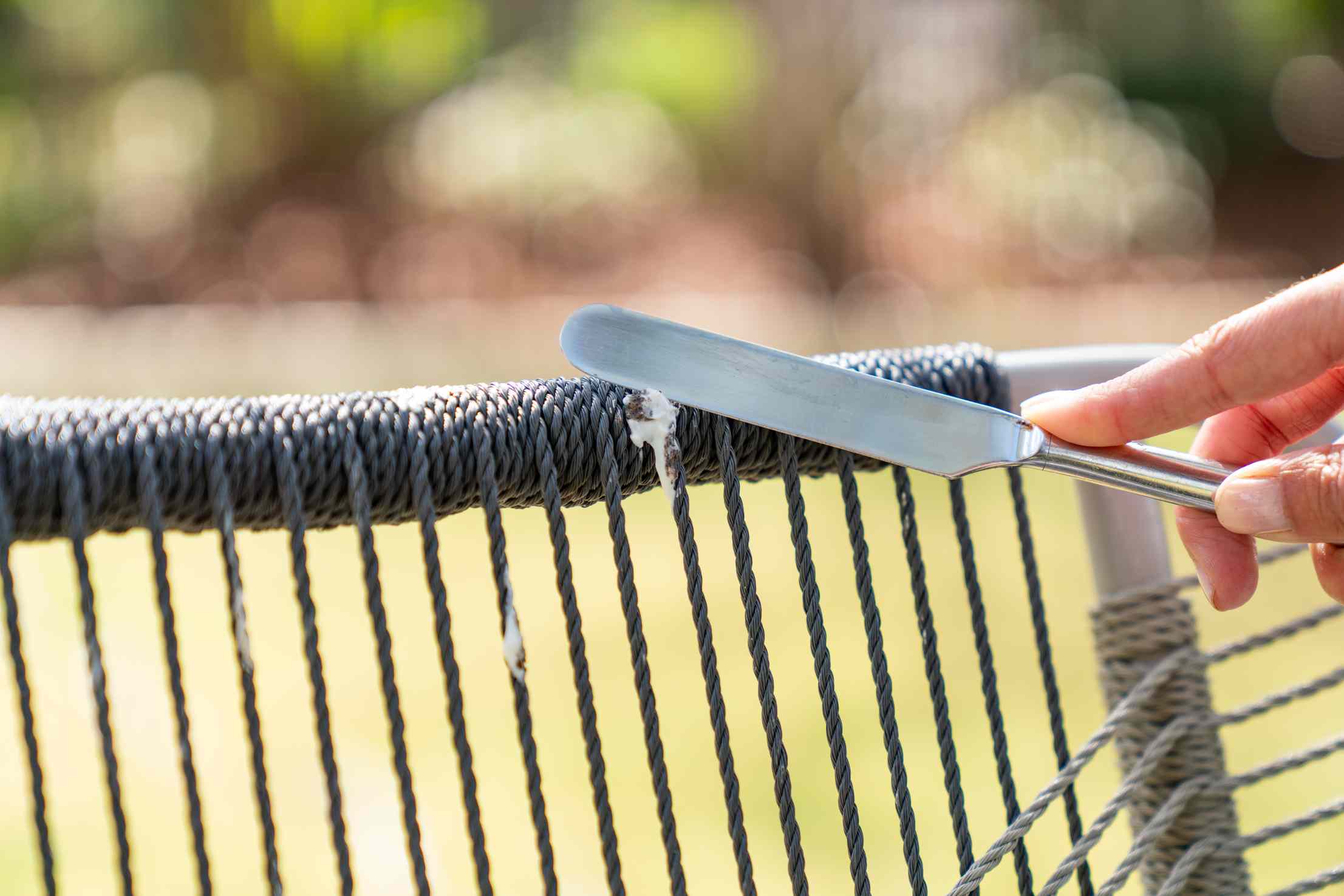
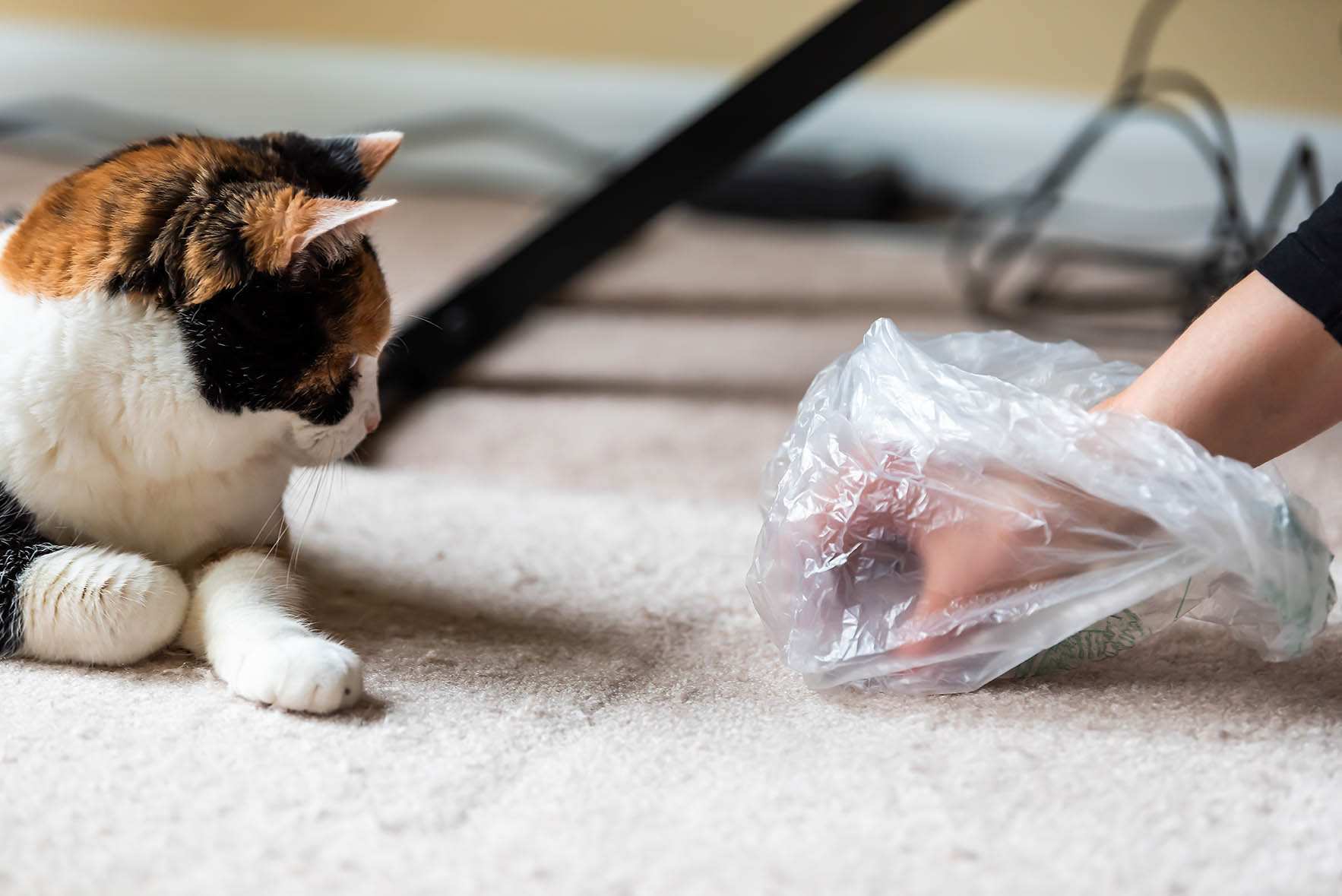
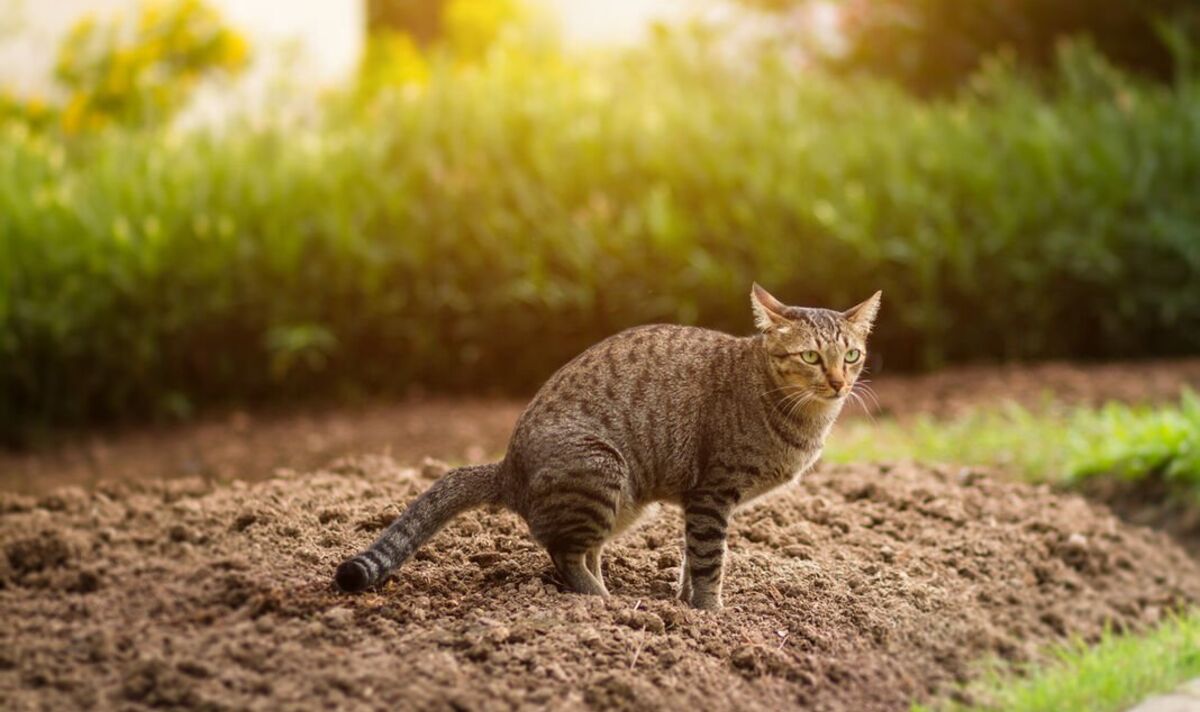
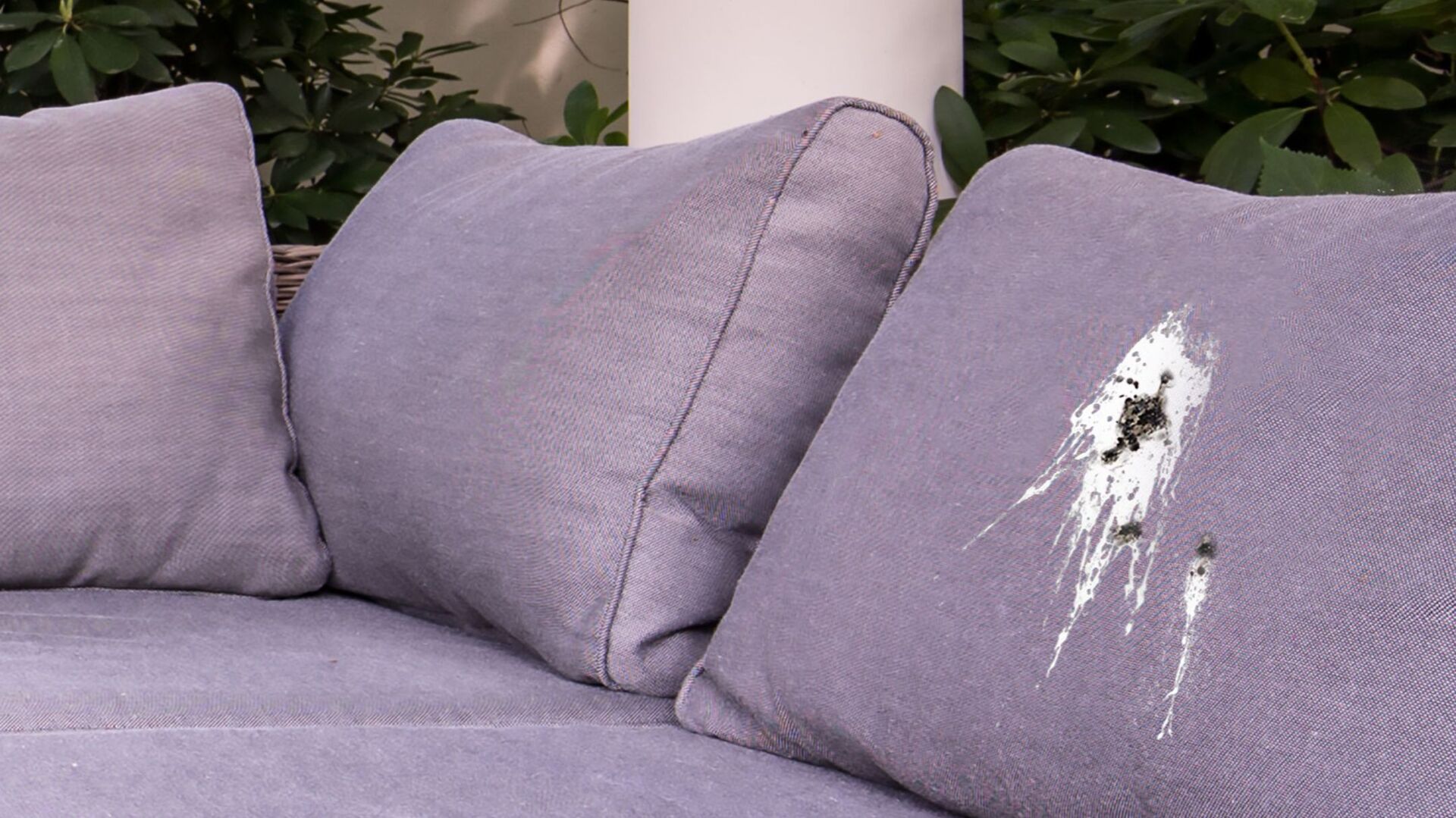
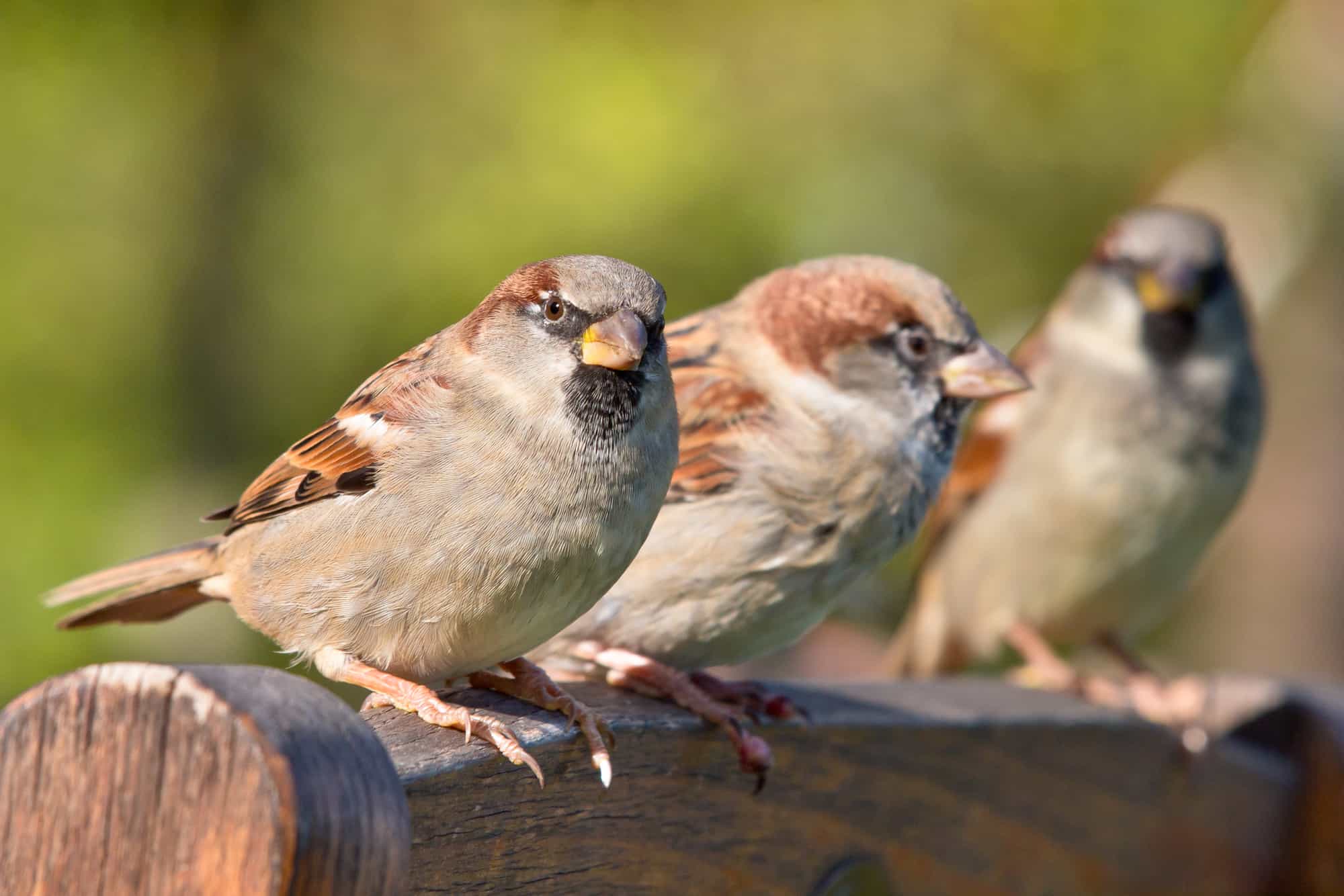
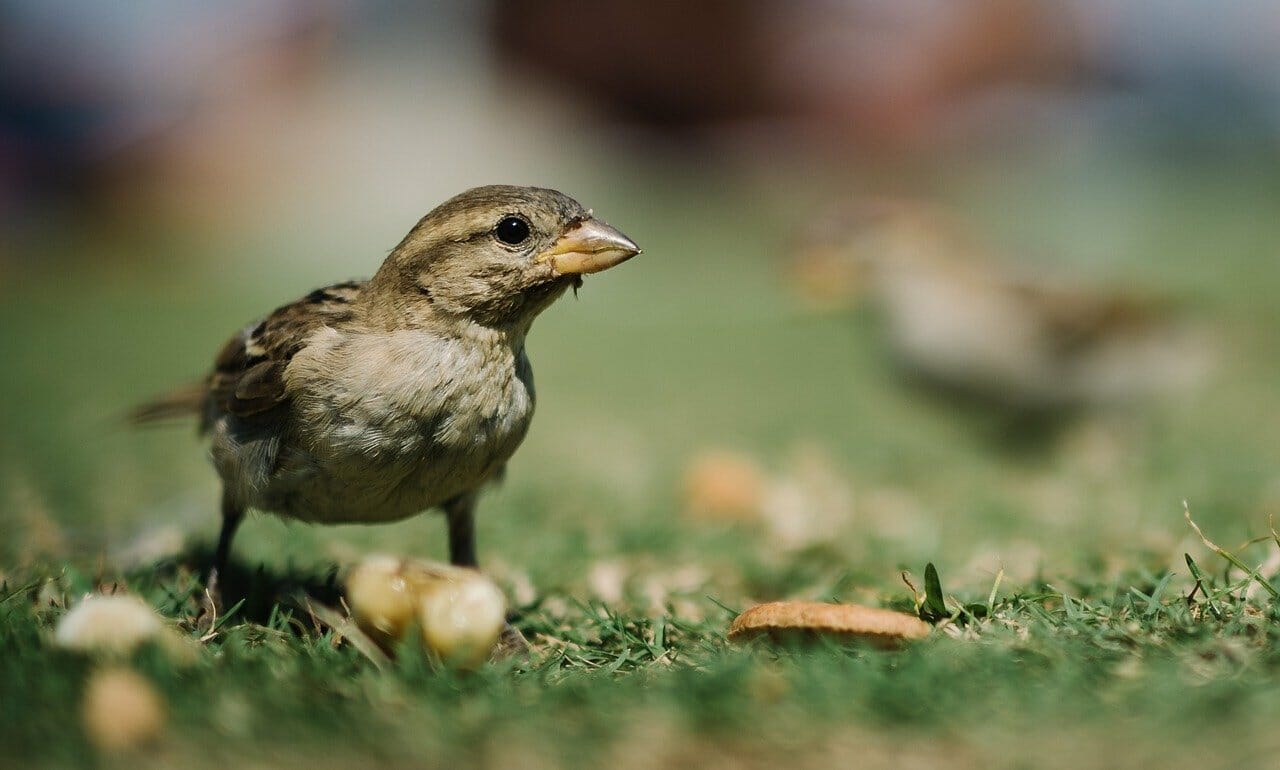
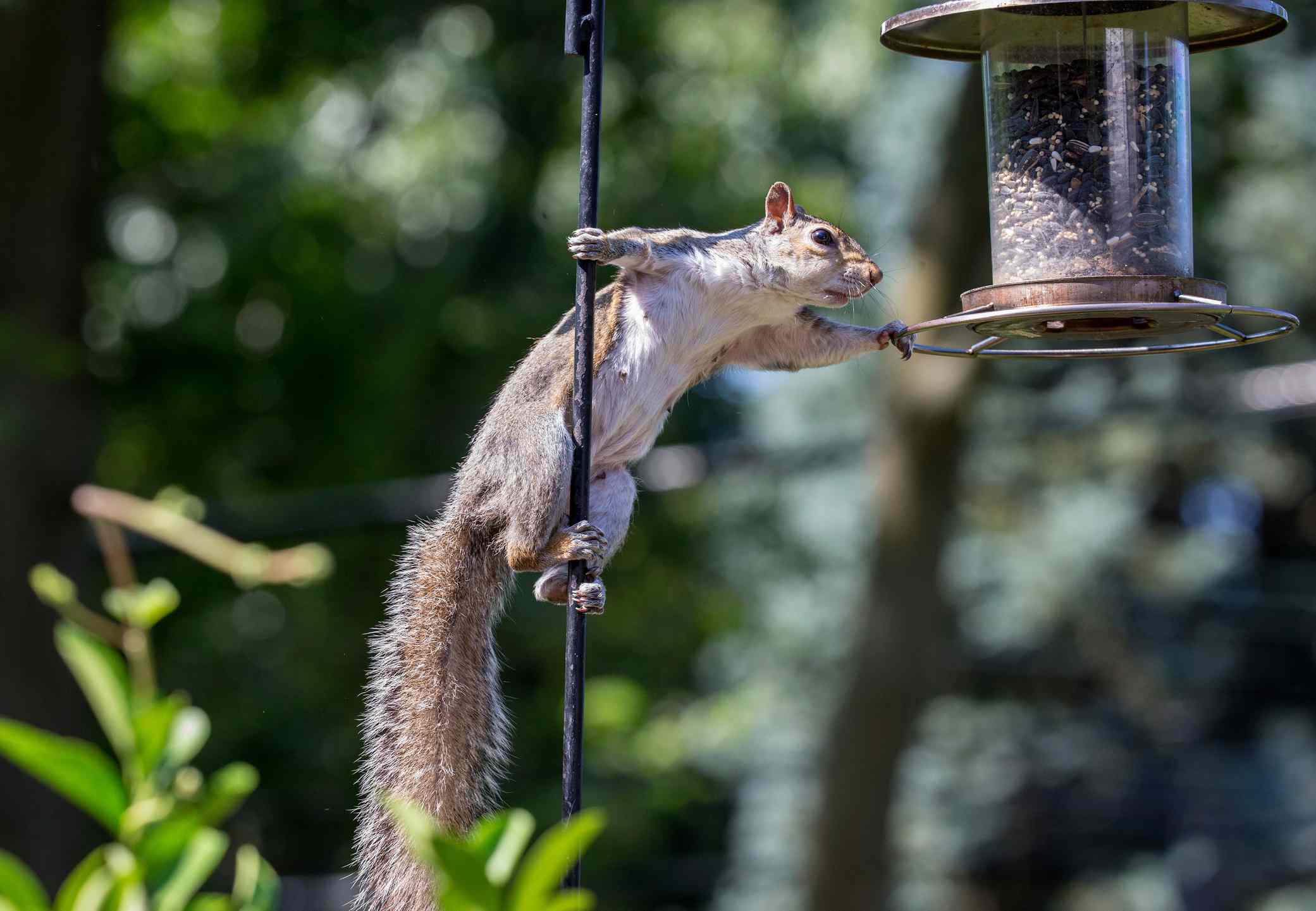
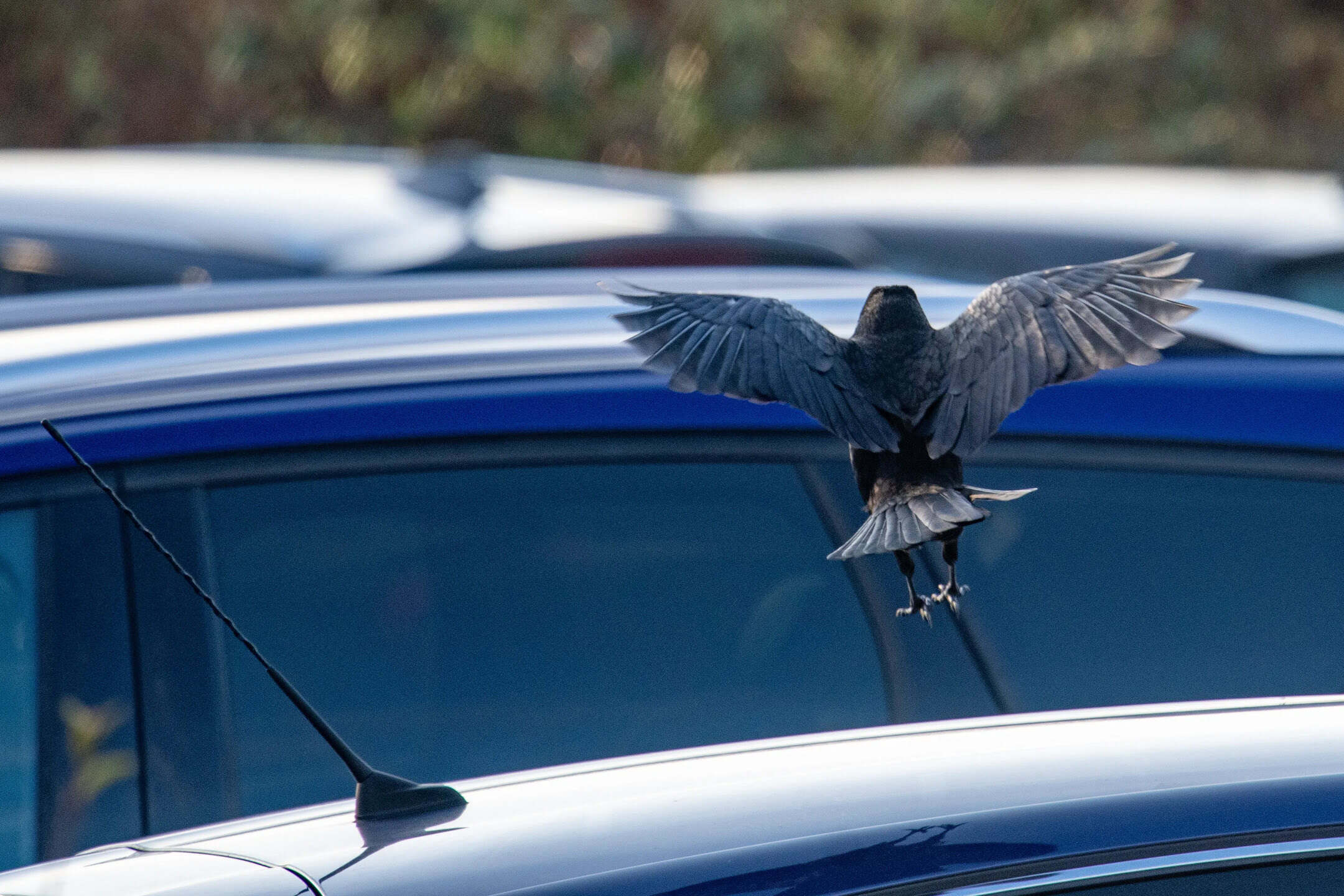
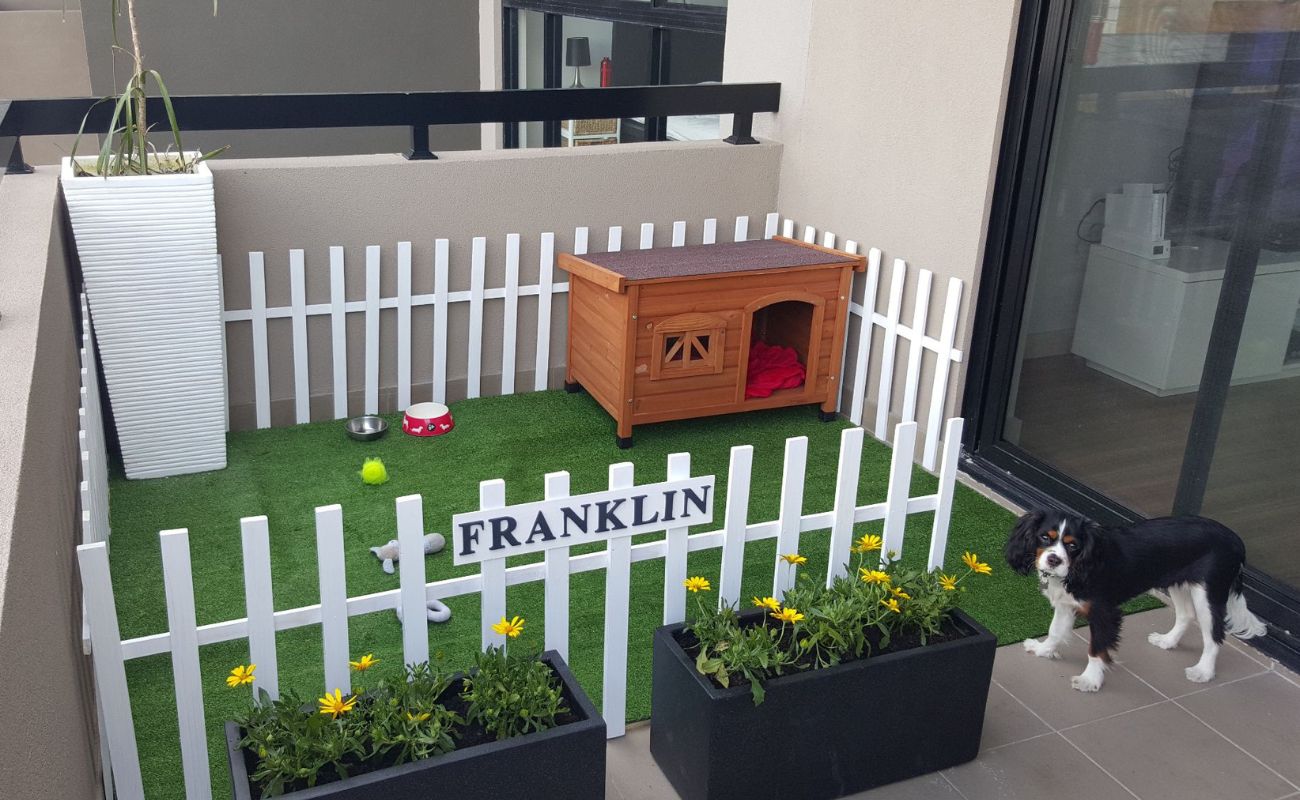
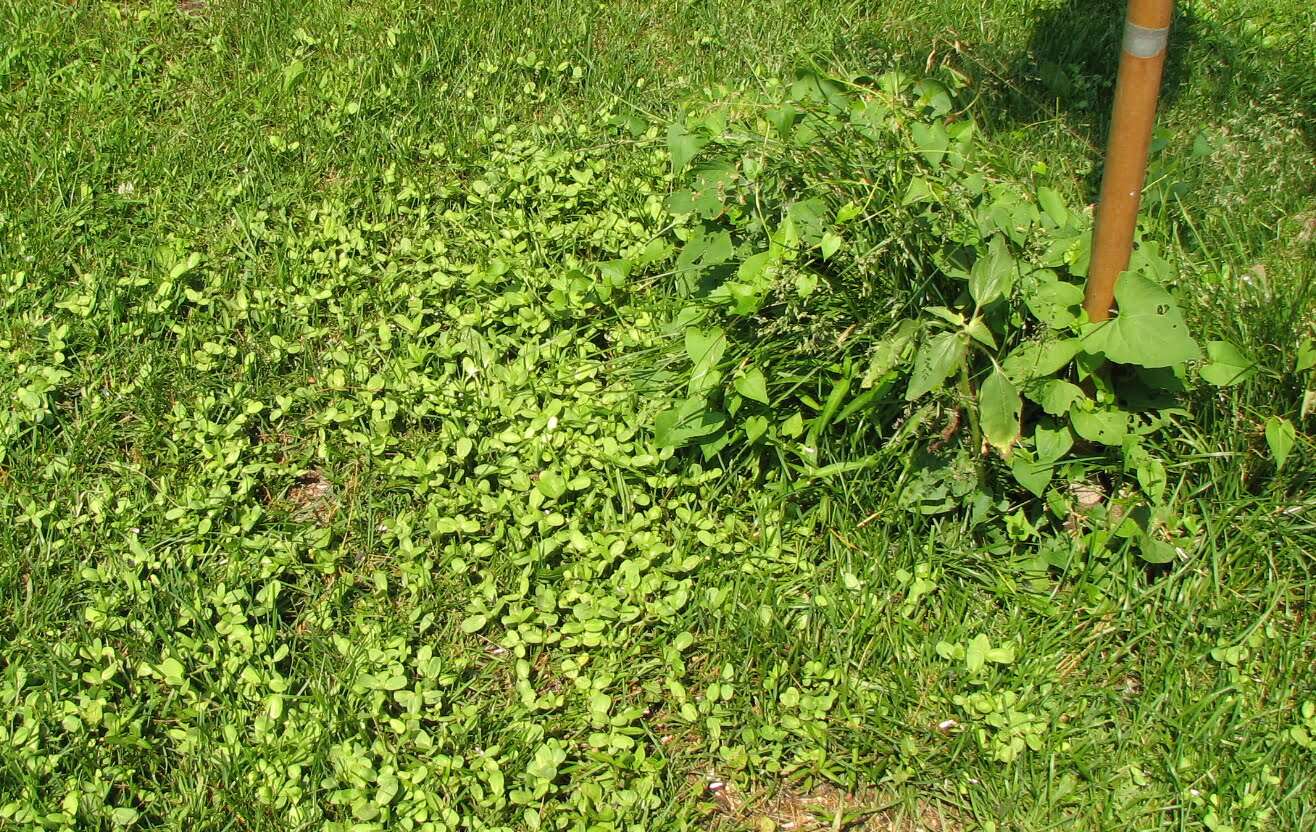
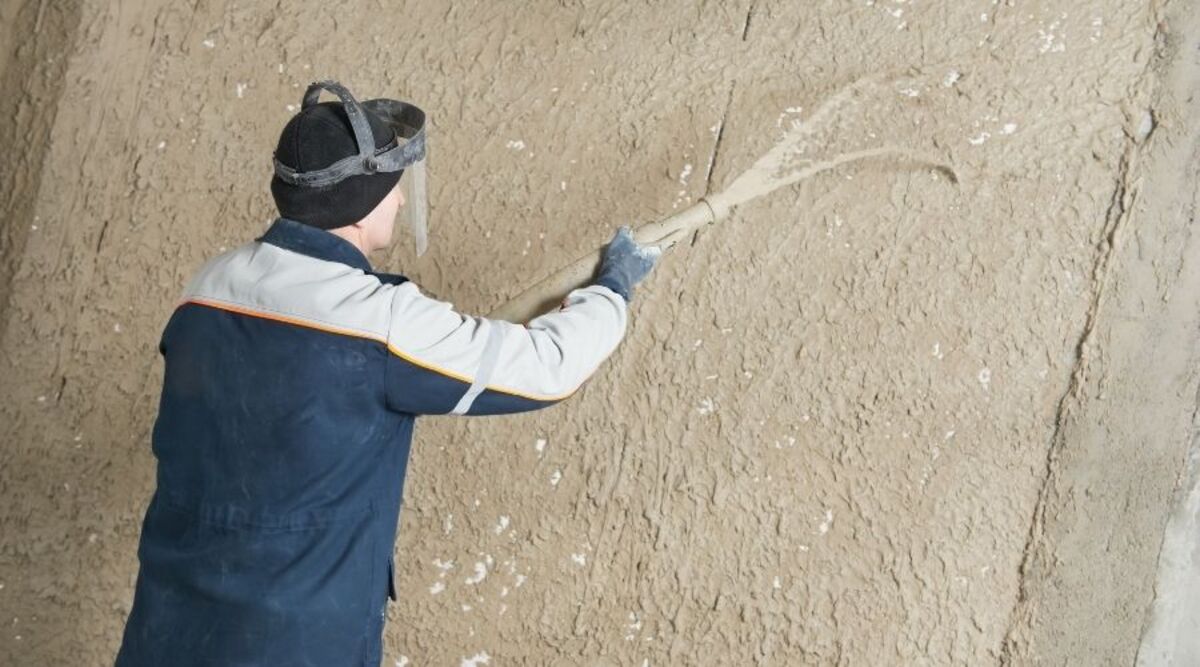
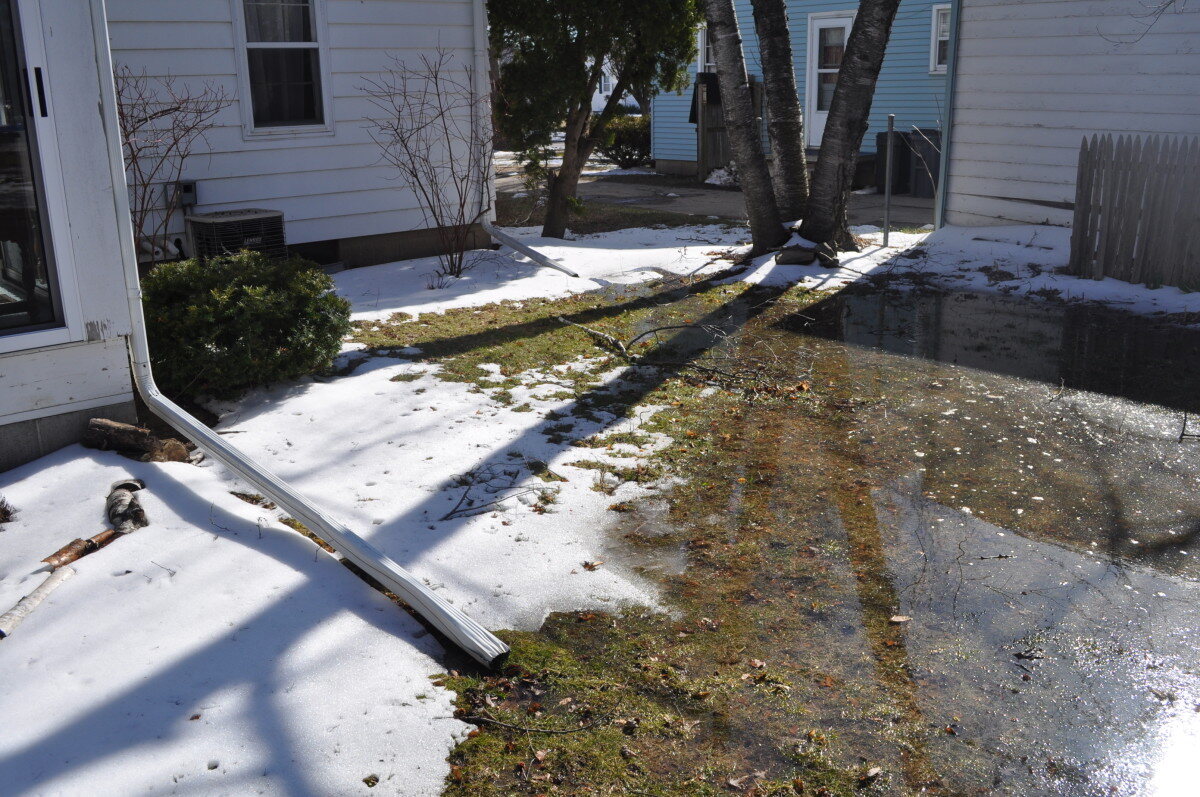
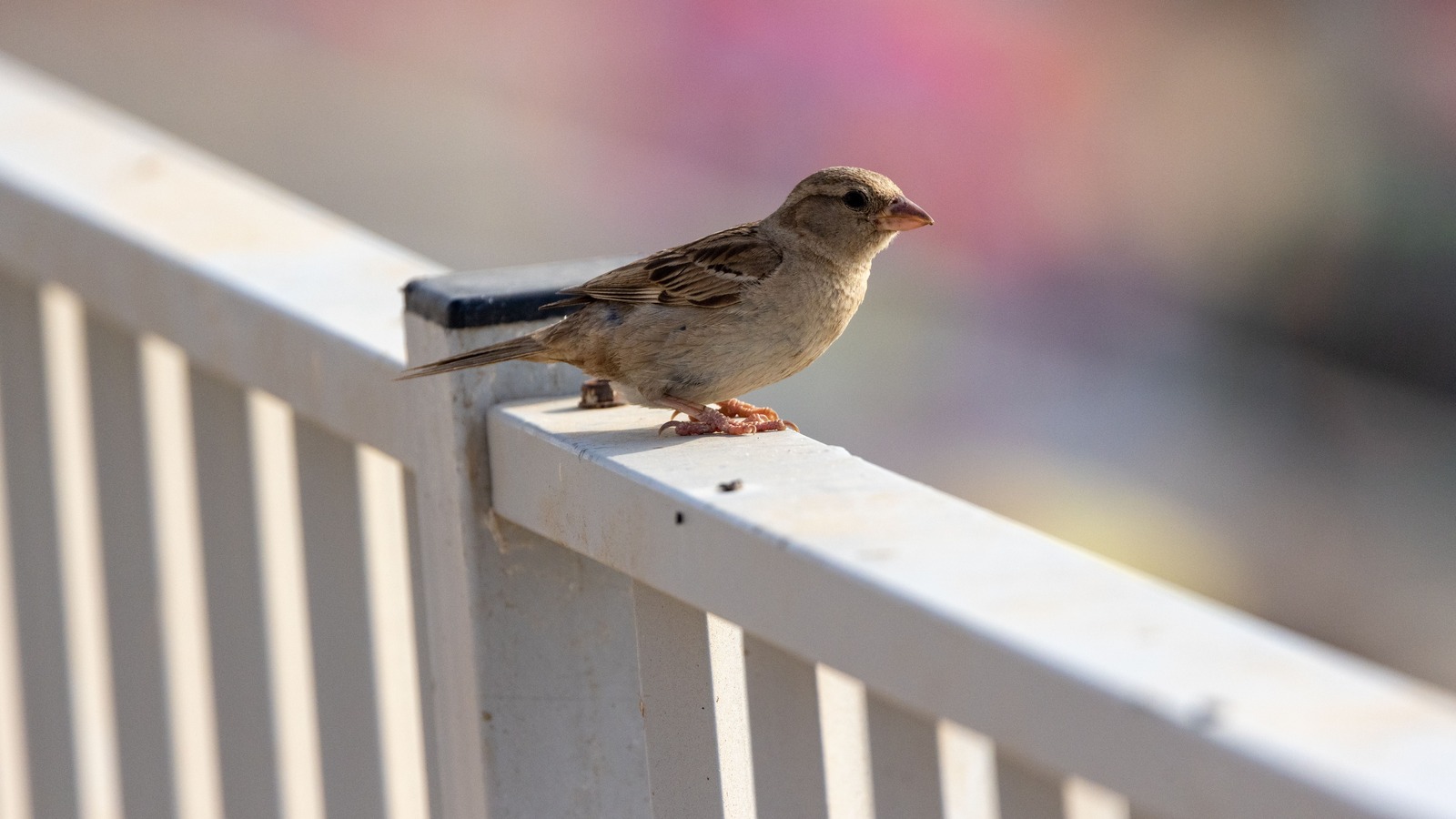

0 thoughts on “How To Stop Birds From Pooping On A Patio”